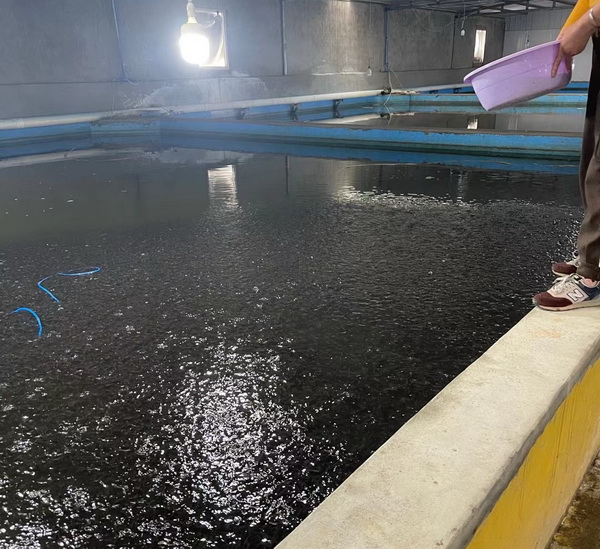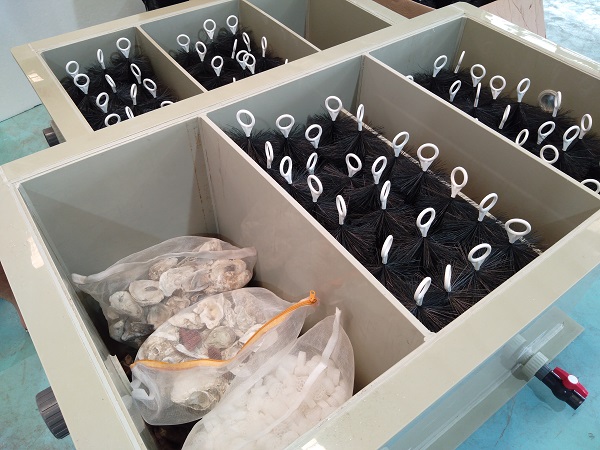The harm of nitrite to aquaculture and its removal method
Nitrite is a common water pollutant. It can make the oxygen-carrying capacity of the oxygenated hemoglobin of animals lose, thus causing anoxic poisoning of animals. In aquaculture, water nitrite is too high and poses significant risks to farmers. Therefore, timely and effective removal of nitrite content in water is of great significance for aquaculture, especially for industrial circulating aquaculture.
First, the harm of nitrite
1. Toxicity to aquatic animals and plants
Nitrite will form ammonia nitrite with ammonia in water, which is highly toxic to fish, shrimp, crabs and other aquatic animals. In high concentrations, fish and shrimp will die.
2. Promote algae blooms
The high content of nitrite will promote the propagation of algae, make the aquaculture waters become cloudy and affect the water quality.
3. Affect the immunity of farmed animals
Nitrite can reduce the immunity of farmed animals, resulting in animals susceptible to disease.
4. Nitrite in aquatic products
If the nitrite content of water is too high, it will enter the body of farmed animals, causing the body nitrite content to increase. These animals can cause health problems when consumed by people.

Two, the removal method of nitrite
1. Microbiological method
Microbial process is a method of degrading nitrite using specific microorganisms. This method can be achieved in aquaculture farms by adding a certain amount of microbial agent.
2. Plant method
The plant method is a method that uses specific plants to absorb nitrite. This method allows suitable aquatic plants to be placed in water to absorb nitrite through their roots.
3. Activated carbon method
Activated carbon method is to add activated carbon to water, adsorption nitrite. This method is relatively simple and easy, but the need to replace the activated carbon in time, otherwise it will lose the adsorption effect.
4. Aeration method
Aeration method is to increase the oxygen content in aquaculture waters by adding oxygen, so that nitrite in the water is converted to nitrate. This method requires corresponding equipment and operating costs, but the effect is remarkable.
5. Feed less
Since nitrite is produced through animal manure and residual feed, reducing the amount of feed can reduce nitrite production. At the same time, attention should also be paid to controlling the number of animals to ensure the ecological balance of aquaculture waters.

Three, prevention of nitrite pollution
In order to prevent nitrite pollution, the following points need to be noted:
1. Control breeding density
Reasonable control of breeding density can reduce manure and residual feed during breeding, thus reducing the production of nitrite.
2. Increase the oxygen content in the water
Increasing the oxygen content of water can promote the conversion of nitrite to nitrate, thus reducing nitrite content.
3. Test water quality regularly
Regular inspection of water quality can detect nitrite pollution in time and take corresponding measures to deal with it.
4. Combine feed reasonably
Reasonable compound feed can reduce the production of animal manure and residual feed, thus reducing the content of nitrite.
In conclusion, nitrite is a common water pollutant and may be harmful to aquaculture. In order to avoid this harm, it is necessary to take corresponding measures to remove nitrite. At the same time, the prevention of nitrite pollution is also very important, we need to pay attention to the control of breeding density, increase the oxygen content of water, regular water quality testing and reasonable feed mix.

